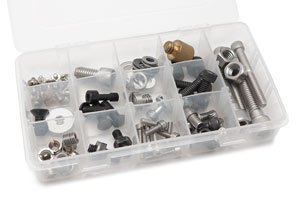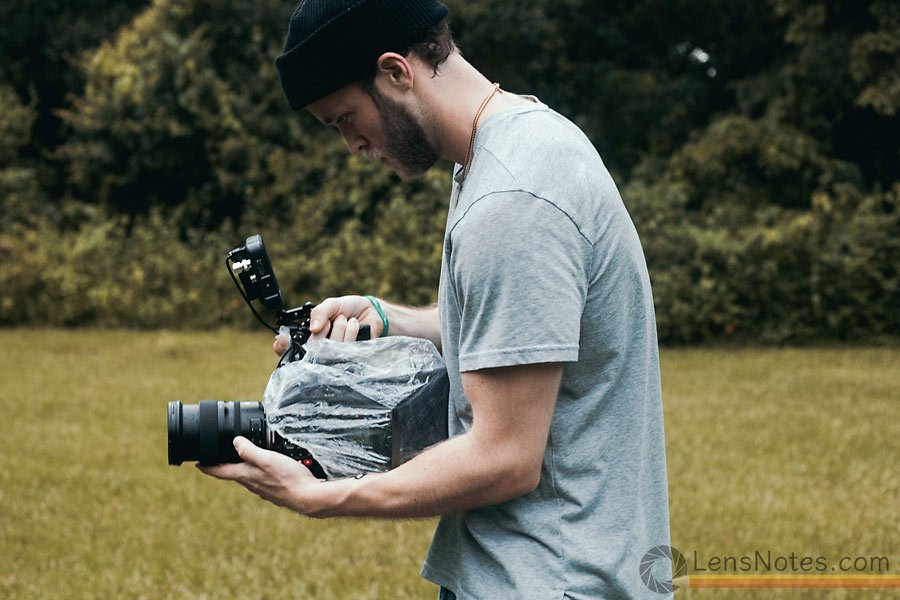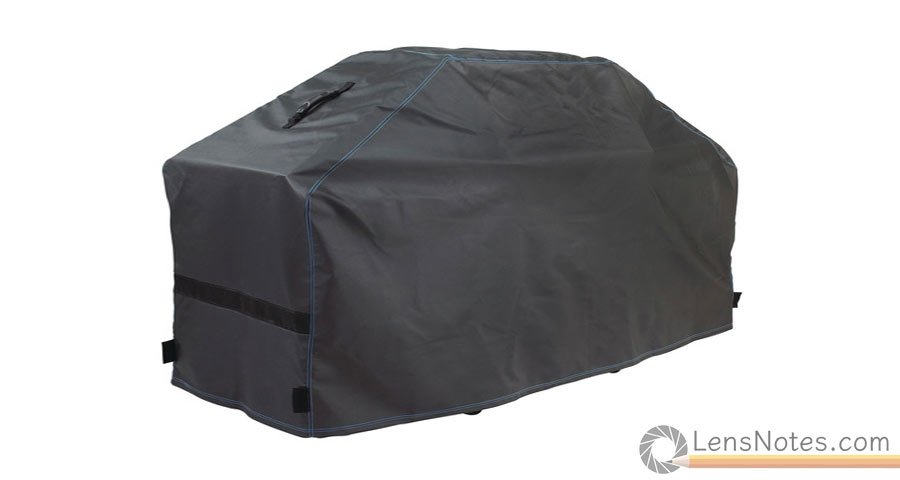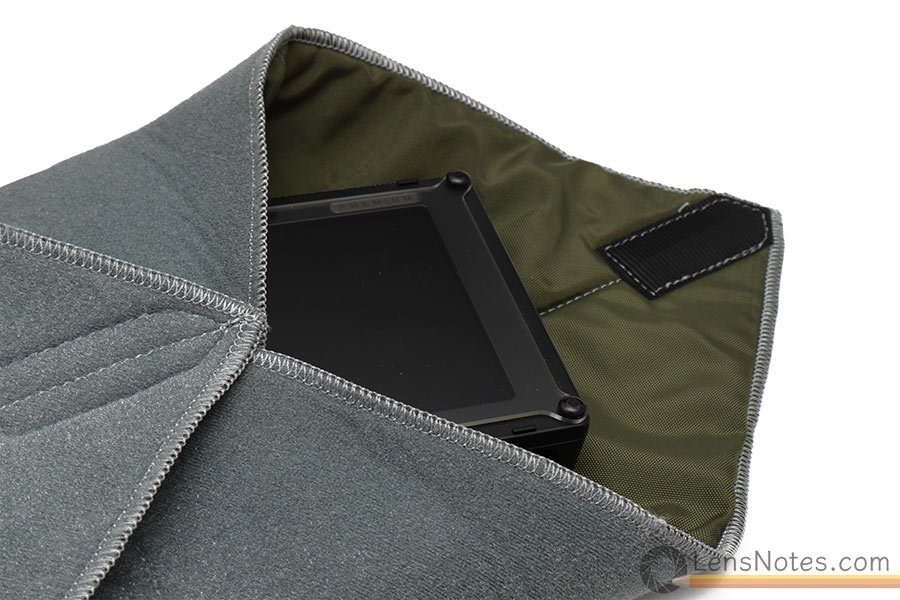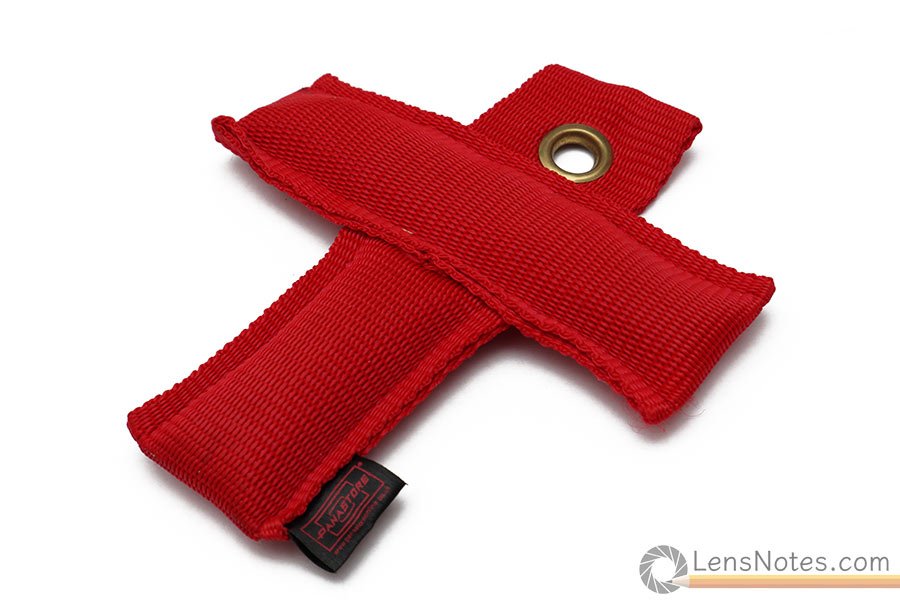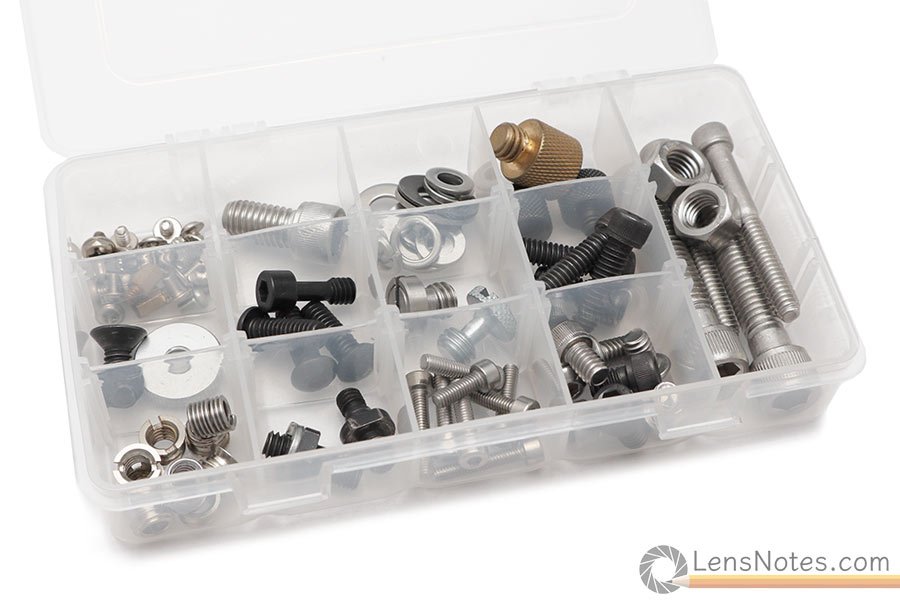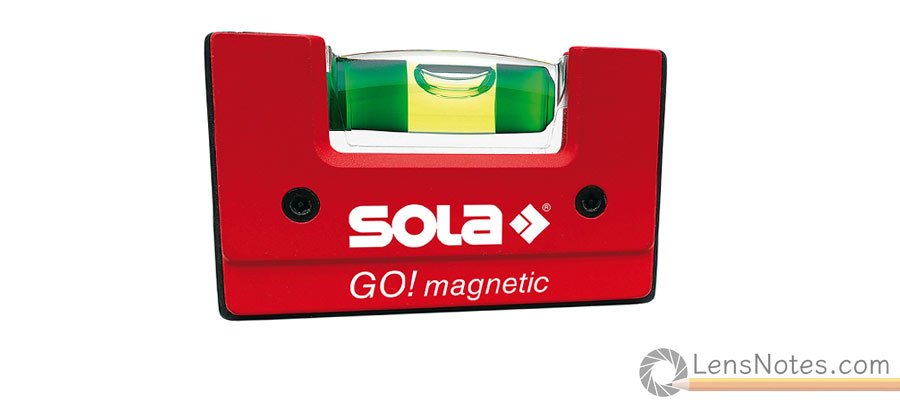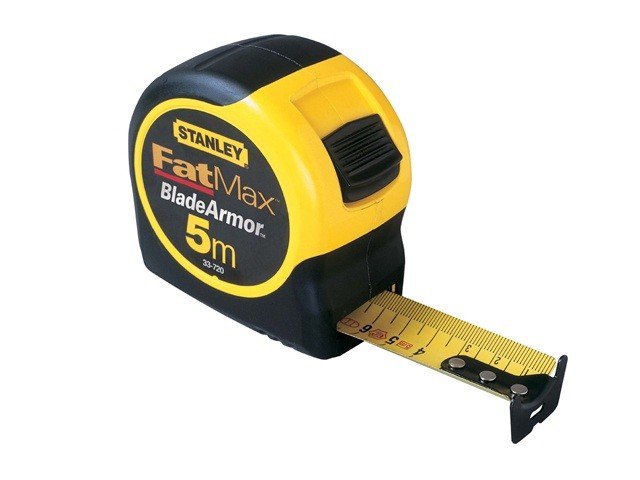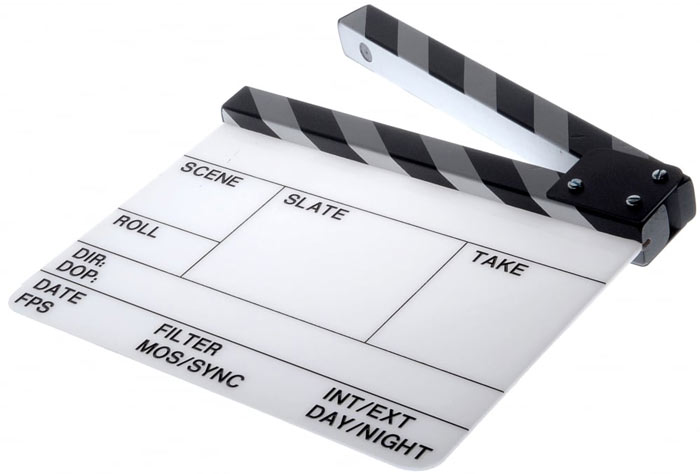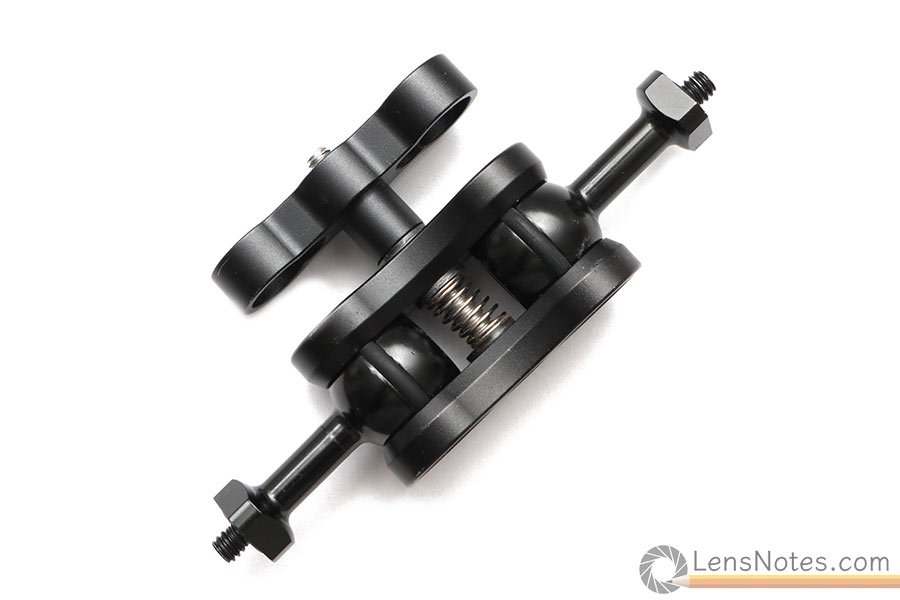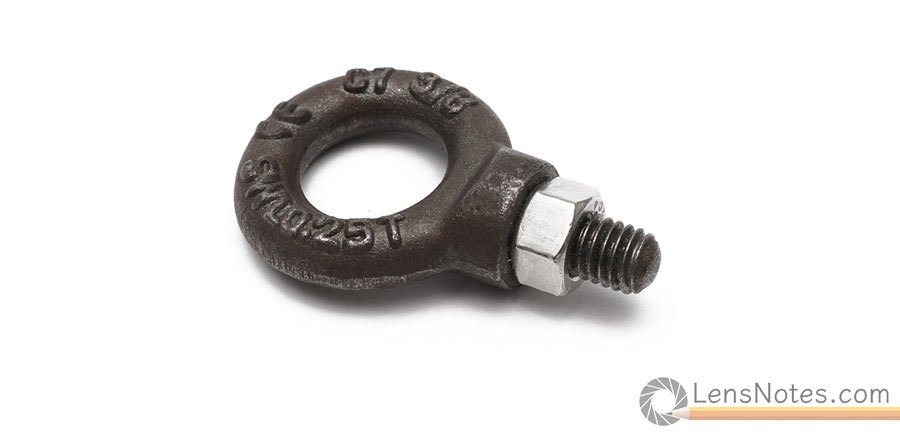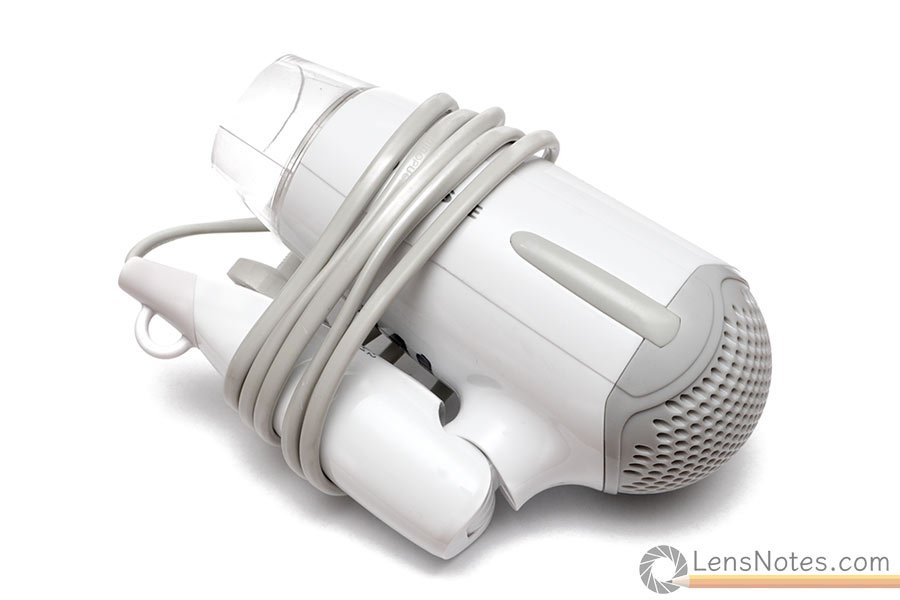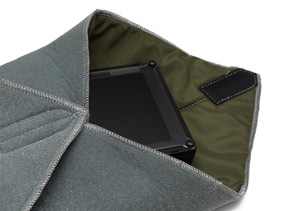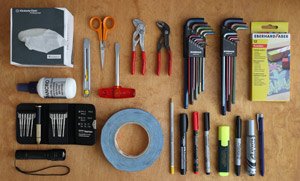Welcome to the second instalment of our popular series on what an assistant camera (or an AC) should have in their kit. If you are here, we take it you’ve already been through the first article – 15 Camera Assistant Kit Must Haves. In this one we’ll cover what you might find yourself needing once you’re past your first few days on set.
We will also be discussing some items like wraps, marks or covers that might be considered consumables and therefore supplied by the production. In reality, not every production will get you consumables, and even if they do, you might not get everything you asked for. Nevertheless, these are items that you, as an AC, might be expected to have in camera assistant bag even before you start the project. If you want to hit the ground running, you might consider purchasing some of these yourself.
Finally, every assistant and every set are different, so one man’s (or girl’s) essential may be another’s luxury. Do not hang on these terms, but think about the situations you encounter or hear about from other camera assistants the most. Beware! Your bag might get seriously heavy after this post!
If you are looking for a gift for that very special camera assistant in your life, check out our brand new The Civilian Guide to Camera Assistant Gifts!
Camera covers
Apart from the obvious rainy scenario, there are multiple occasions on set when you’ll need to cover the camera and/or your equipment trolley. Every time you step off set, for lunch or private blocking or whatever, it’s best to cover your equipment. You never know just when set dressing might have to spray some patina spray/dust or if make-up won’t set up shop and go wild with the hairspray right next to your gear. Naturally, most of your crewmates will have better sense than this, but better safe than sorry.
Which one? For a camera cover, you might need a few options depending on the situation. For basic dust / spray protection over lunch, a simple backpack cover will suffice. A bright orange colored one will make the camera more conspicuous, reducing the chance it getting knockec over on a dark set. If you want fancier, grab a Harrison Standby Camera Cover, the silver fabric will keep the gear cooler in bright sunlight.
To protect the camera while shooting, you will have to get a bit more creative. It’s always best if you can shelter the camera and operator with an umbrella or a tent but that’s not always possible. Even if you do, an errand splash might get under the umbrella and ruin your day, so a cover is recommended even on a sheltered rig. A velcro-attached nylon raincover you made to measure while prep is best against rain. Depending on the conditions, you might get away with just a Cap-it cover and some shower caps for the monitor / EVF. For steadicam work you’ll need to keep thing light and tight and there are more parts to cover, so have some cling film ready in addition to the camera cover.
Cart cover
For your cart, you’ll need a cover big enough to accommodate any and all accessories you’ve attached. This includes tripod brackets, head brackets, throughts and cupholders. Barbeque covers are a popular option for this, as they tend to come in suitable shapes and sizes. Another option are motorcycle covers, although their shape is not as suitable as barbeque ones.
To order the correct size, measure the lenght, width and height of your fully loaded trolley, and then match that to the covers on the market. For example, a Magliner Senior with 24″ shelves is approximately 60 inches long without a head bracket or legs attachment.
Equipment wraps
There will be times on set when you’ll need to stuff a bunch of expensive, sensitive devices into a bag and run. For these occasions, the best you can do to provide some lightweight protection for these devices is to wrap them up. Protective equipment wraps are made for this, and are some of the most ubiquitous camera assistant accessories. They come in different sizes and colours, and they can be snugly wrapped around pretty much any piece of gear to protect it while adding almost no weight or bulk.
Which one? Domke were the first to make protective wraps of this type, and Domke wraps are still the most popular. They are, however, on the thinner side, so if you feel you might need a bit more protection, look into neoprene wraps. Op/tech also offer extra padded protective wraps for more sensitive pieces of gear.
In a pinch? On the fly, you can cushion stuff into any bit of soft fabric you have – your camera cover, a chamois rag or that beanie hat. Be careful not to forget the equipment is in there and tumble it out afterwards.
T-Marks / Sausage marks
Another clapper loader staple, T-marks and sausage marks are used to mark actor and/or camera positions when blocking a scene. As opposed to tape or chalk, these marks are completely safe for sensitive flooring, which can be important when working on location.
They come in different shapes, sizes and colors. T-marks are, obviously, shaped as a T, while sausage marks are straight and resemble, well, sausages. The most popular ones are made out of webbing and filled with sand or birdshot pellets for weight, although there are also rigid metal versions. Marks usually have an eyelet through which you can run a tent stake to fix their position on soft ground or hang them for storage.
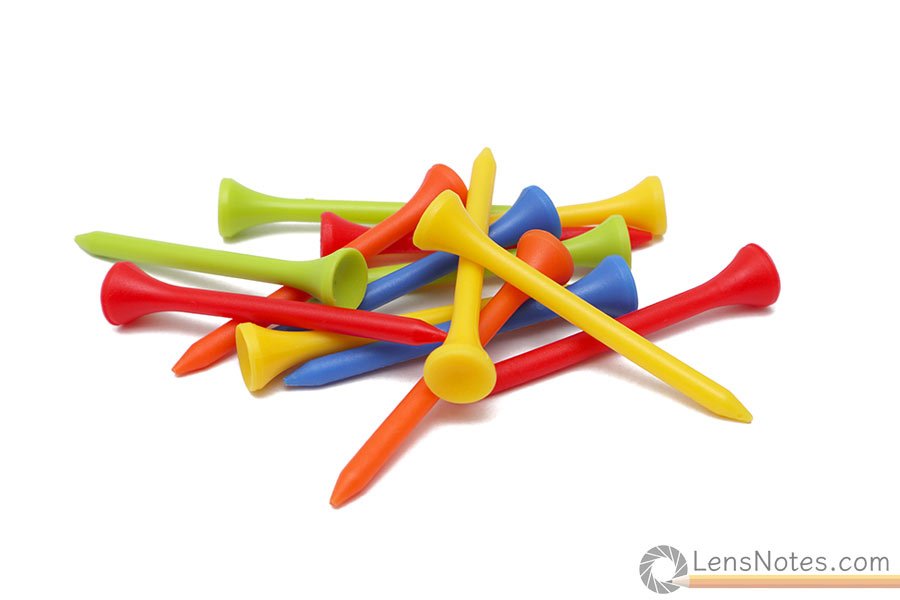
Golf tees
The T-mark alternative for grassy and forestry sets, golf tees are a cheap and lightweight addition to a 2nd ACs kit. Unlike a T-mark that can be kicked about by a passing crew member, a tee will stay put once you stick it in. For extra flair you can glue some small artificial flowers of different colors onto the tees.
Which ones? Plastic tees are more resilient and will not break on you when you try sticking them in rocky soil. Make sure to get a multicolored variety pack.
In a pinch? A sharpened stick with some gaff tape can get you through a tee-less situation.
The Nut’n’Bolt Box
Arguably the most important piece of kit for the advanced camera assistant, a well stocked nut and bolt box can bail you out of pretty much any situation. The box is built as you gain experience and encounter situations, but you need to start from somewhere. Apart from the box itself, which may be any suitably sized organizer box with dividers, you may stock up on the following:
- A variety of stainless steel 1/4″-20 screws of different lenghts and head shapes
- A couple of longer stainless steel 3/8″-16 screws
- Stainless steel 3/8″-16 female to 1/4″-20 female reducer bushings
- Stainless or brass 3/8″-16 female to 1/4″-20 male adapters
- Different slotted or socket cap 1/4″-20 and 3/8″-16 quick release plate screws
- Assorted stainless steel washers
With every project you will be tailoring your nut and bolt box, adding this, removing that. At some point, you might have to get a bigger box, or spread into several smaller ones. To avoid overloading your floor bag (and your back), consider splitting your nut-and-bolt stash into a smaller, on-set box and a larger, truck-based one.
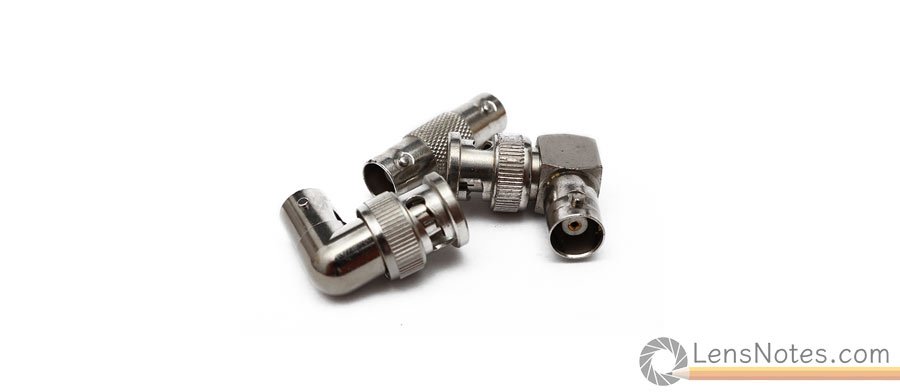
BNC Connectors
While nowadays video and therefore most of the BNC stuff is the domain of the video assistants, ACs still have to deal with a fair share of BNCs on cameras and focus puller monitors. Having a few connectors handy will make your life easier in the long run, so do make some space for them in your camera assistant bag.
Which ones? As an AC, there are three types of BNC connectors you might need. A barrel connector is used to join two cables together. An L-shaped or right angle connector can help you route cables on a tight rig. A T-shaped connector or splitter is used to split signal from a single output.
Level
With every new camera coming with a built-in electronic horizon sensors, and many pieces of grip support sporting spirit levels, you’d wonder why you need a separate level in your kit. But just put some sticks down, slap a fluid head on top, attach a camera and try to make all three agree on what’s level. Having a good quality, reliable level in your kit will give you a point of reference and peace of mind.
In addition, most cameras’ electronic horizon and tilt sensors need an occasional calibration, for which you need a precise external level. Keeping the sensors in line will make everyone’s job easier and might just earn you a beer from your on-set VFX tech.
Which one? The Sola LSTFM comes from a reputable manufacturer, it is small and light enough for your kit and plenty rugged. If you want something smaller, the Sola LSGOM GO! is also a good choice, although the smaller base may make measurements less acurate.
In a pinch? There’s really no substitute for a calibrated, precise torpedo level, but if you want another point of reference, you can try one of the numerous smartphone level apps.
Measuring tape
A good measuring tape should be a part of your AC kit even if you are not pulling focus. Figuring out whether your trolley will fit through that door or in that evelator. Making shipping listst. Recording camera position for VFX or subsequent resets. All of these require a measuring tape, and while you can always borrow one it’s best to have your own. The focus puller will also be glad you have one when they find their own AWOL.
Which one? The Stanley FatMax 5m/16′ is a focus puller favourite, so if you have 1AC aspirations you might as well get this one from the start. Make sure to get the dual scale metric / imperial one if you can, you never know what units you might have to work in.
In a pinch? Any half-decent hardware store measuring tape will do.
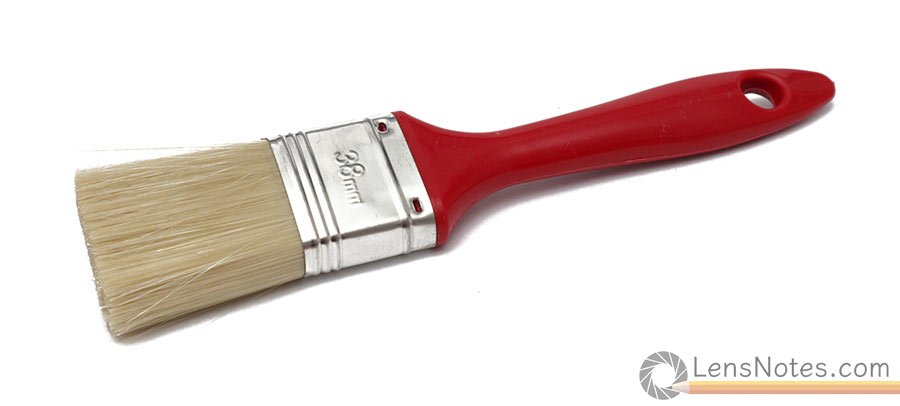
Brush
A soft, natural hair paintbrush is one of the most effective camera assistant tools for cleaning the exterior of cameras and camera equipment. Quieter and more environmentally friendly, using a brush is usually a better idea than using a compressed air spray. The brush sweeps dust away rather than pushing it in all the nooks and crannies, so save the spray for fans, heatsinks and other hard to reach places.
Which one? Don’t go crazy here, any good quality paintbrush that won’t start to shed it’s bristles all over your gear will do. You can get a couple of sizes to get into tighter spaces.
Sync slate
Depending on the production and where you work, a slate (or clappeboard) will usually be provided for you either by sound department or the camera rental. However, there comes a day in every AC’s life where the question “Did you bring a slate?” pops up. If you want to be ready for it, pack a slate. In addition, many assistants get used to a certain type of slate, and feel better using their own even if one is provided by the production.
Which one? Getting a smaller clapperboard for your personal kit makes sense, as the ones provided by rentals are usually full sized. In addition, a smaller board is lighter and easier to pack, and many ACs prefer working with them full time. Getting your own slate is your chance to pick the one you’ll enjoy working with the most.
In a pinch? If you do get caught out in the wild without a slate, there are numerous smartphone apps that can get your through for a while.
Magic arm
Magic arms are one of the most popular pieces of camera rigging hardware. Typically used to hold onboard monitors, they can also be used for a variety of other tasks. You can attach a french flag on one to shade a lens, or mount a Teradek to adjust it’s position on the fly.
Magic arms are usually included in camera rental packages, usually bundled with on-board monitors or Cinetape sets. However, the ones you get as part of these packages are often abused and may not be as smooth as you want them to be. This is why many camera assistants have their own.
Which one? There are currently two distinct design approaches to a magic arm, each of which has it’s advantages and disadvantages. The first type is the double ballhead design, as pictured above. The advantage of this design is that it’s simpler and more resilient. Because of the simplicity of the design, even cheaper models of this type tend to work fine.
The second magic arm type is the traditional 3-joint type, made popular by Noga. This design is more delicate and requires greater precision in manufacturing, so good quality arms of this type tend to be more expensive. The original Noga Small Cine Arm and the larger Hold-it are the industry standard.
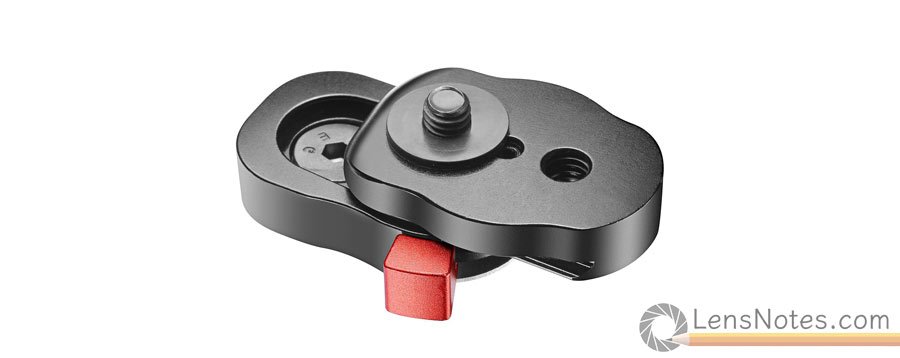
Mini quick release plates
Few things make switching your camera rig from one mode (say studio) to another (say steadicam) easier than mini quick release plates. These tiny devices consist of a quick release recepticle or shoe, and a plate, both of which are attached using standard 1/4″ screws.
Mini quick releases are used to attach various accessories to a camera, and enable quick and secure attachment and removal. Most commonly, they can be found on on-board monitors, magic arms, wireless video transmitters and other peripehral devices rigged to a camera.
Which ones? The 16×9 inc. Cine Locks were the first devices of this type, and are still the highest quality product available. They are, however, on the high side in terms of price. There are numerous alternative offers, some more successful than others.
3/8″ Eyebolt
This handy little thing may someday save a life (or at least a camera)! A 3/8″-16 eyebolt is used to provide a secure attachment point on the camera, usually to attach a safety line when rigging in a risky situation. Another common application of an eyelet bolt is when using an Easyrig with a Kong Frog carabinier for easy attachment and disconnection.
Which one? If you can, get a stainless steel marine grade one, as most others will eventually rust and may start staining your bags or pouches.
Hair dryer
As a newbie assistant or a camera trainee you may wonder what a hairdryer may be doing in an AC kit, but that will not last long. A hairdryer is a very useful tool to have, and you’ll be glad not to get caught without one when you end up needing it.
You’ll feel the need for a hairdryer the most when you have set moves from a cold exterior to a warm (and even worse, humid) interior. Without sufficient time for tempering (we’re talking hours), the chunks of metal and glass that are modern lenses will be swimming in condensation in minutes. Combine that with an impatient AD, and you can see where this is going. A hair dryer is the fastest way to gently heat up a lens to make it usable, albeit great caution has to be taken not to heat it too quickly or too much and potentially damage it.
Apart from this, a hairdryer will certainly come handy in those rainy days with soggy gear all round. If you get a model that has a cold-air mode, it can also be used to cool down an overheated piece of gear (or crew).
Which one? Get a foldable model so it does not take up a lot of room in your pack. You don’t need any fancy functions, but do look for one with a cold-air mode, it’s usually labelled Cool shot or something similar.

